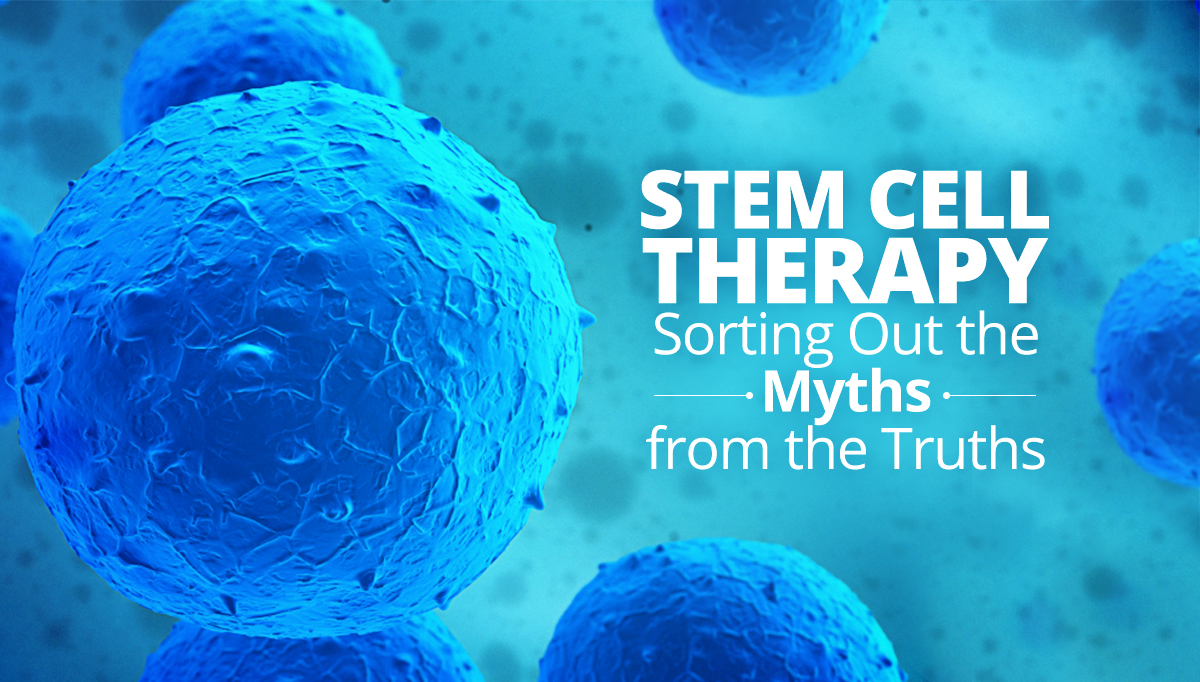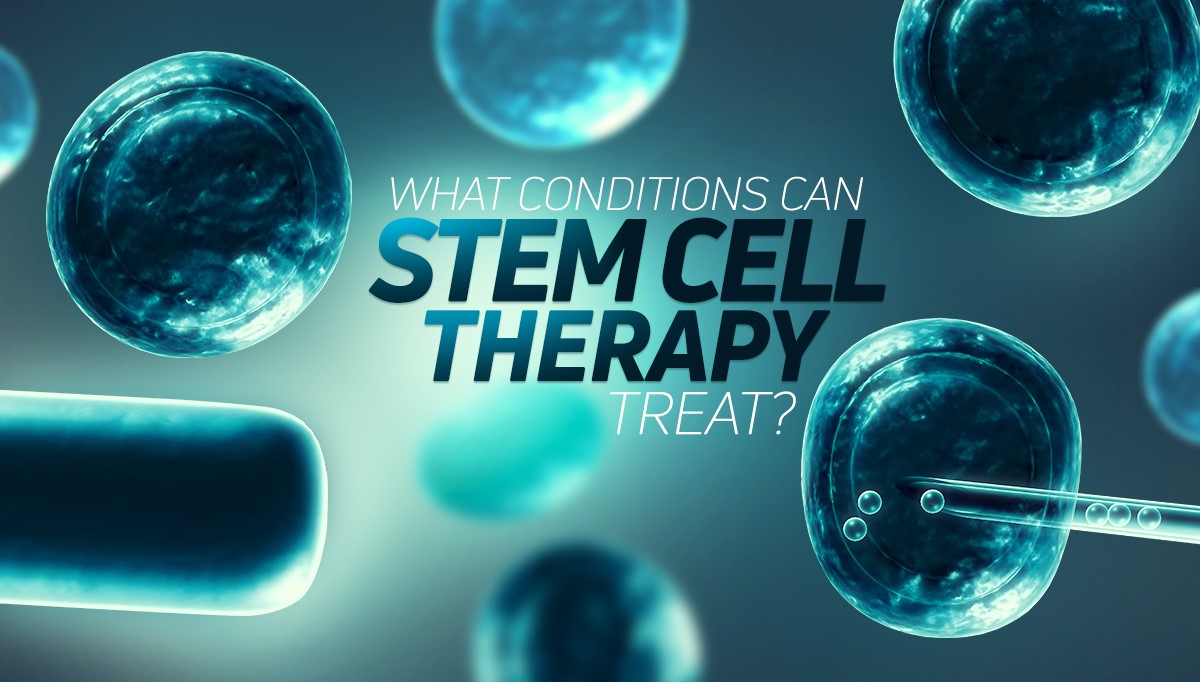Regenerative medicine involves using your own body’s tissue to help heal disease and injury. Solstice Health is the first center in Wisconsin and one of the few elite centers in the Midwest to offer adult mesenchymal stem cell injections for various orthopedic conditions and injuries. Before we list some conditions that can be treated by regenerative medicine, it may be helpful to know a little bit more about each treatment we offer.
What Is Platelet-Rich Plasma?
Platelet-rich plasma (PRP), or platelet concentrates, have been studied extensively since the 1990s. While similar products previously used in medicine (fibrin glue) are very expensive, PRP provides a cost-effective alternative. Plasma concentrates are a way to help the body finish the healing process and strengthen the weakened tissue. PRP is produced from a person’s own blood. It is a concentration of one type of cell, known as platelets, which circulate through the blood and are critical for blood clotting and release growth factors and mediators to aid in healing. Platelet-rich plasma can then be collected and delivered to an injured area of bone or soft tissue, such as a tendon or ligament. It is used for tendinopathies (tendon problems), in addition to problems with ligaments, muscles, meniscus, cartilage, bone, wound and intervertebral discs.
What Is Stem Cell Therapy?
Stem cell therapy focuses on delivering stem cells to parts of the body that are in need. Stem cells can be harvested from a patient’s own body from Adipose (fat) tissue or bone marrow. The tissue is processed into a stem cell concentrate and injected at the focal point of treatment in the patient’s body. Once the stem cell concentrate has entered the treatment site, the regeneration process begins. Stem cell therapy is completely safe as we are using what your body naturally produces, concentrating the desired critical components and transplanting them into the affected area for effective tissue regeneration and healing. There is no risk of rejection and very minimal overall procedural risk.
10 conditions that can be treated with regenerative medicine.
- COPD
- Type 1 Diabetes
- Erectile Dysfunction
- Multiple Sclerosis
- Osteoarthritis
- Parkinson’s Disease
- Rheumatoid Arthritis
- Spinal Cord Injuries
- Systemic Lupus Erythematosus
- Sports Injuries
Solstice Health is here to provide you with the latest adult autologous stem cell treatments. If you feel you may benefit from regenerative medicine, call us today to schedule an appointment. 262-347-3253



